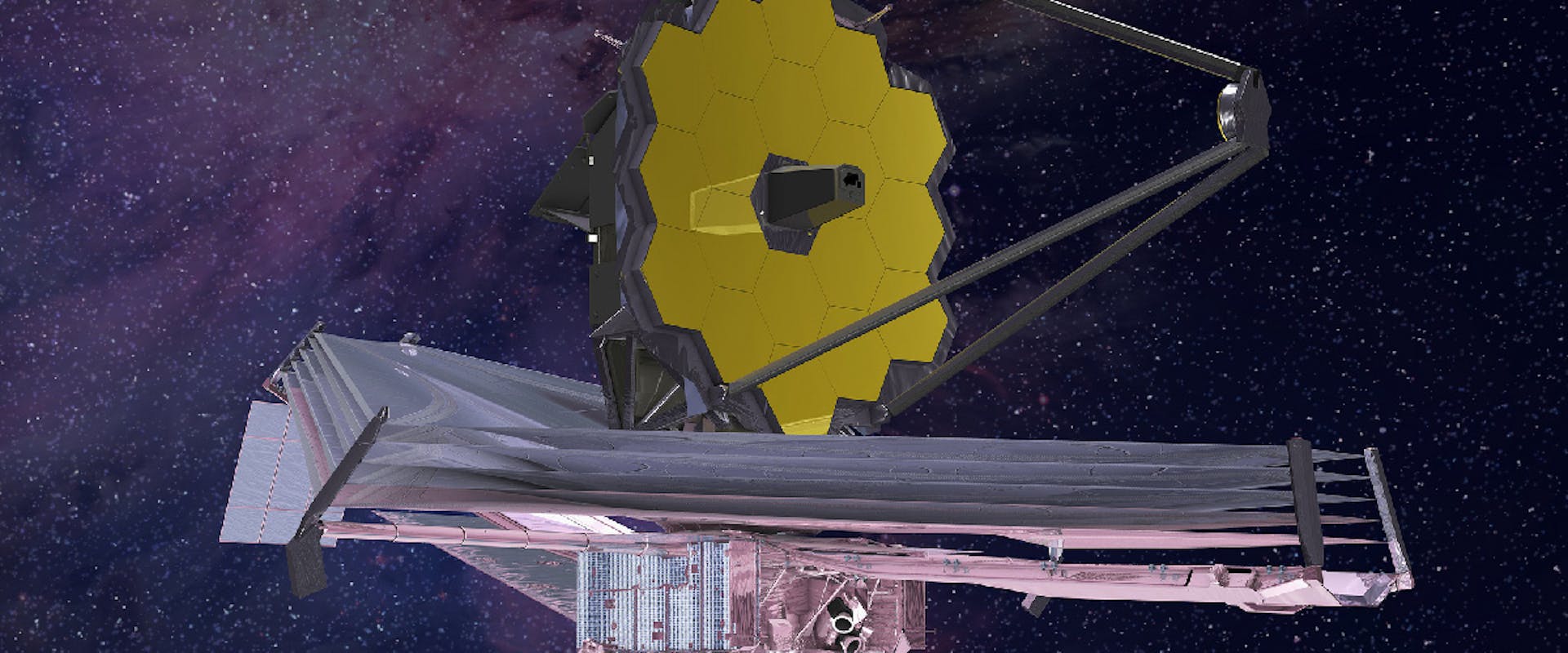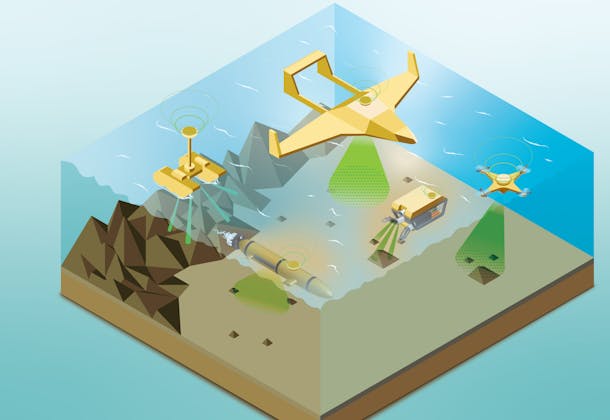
The James Webb Space Telescope
Hubble's successor. The goals of the James Webb Space Telescope – which will be launched in 2021 as a replacement for the famous Hubble Telescope – are to seek out the first stars and galaxies that appeared following the Big Bang and to study planetary systems and the origins of life.




